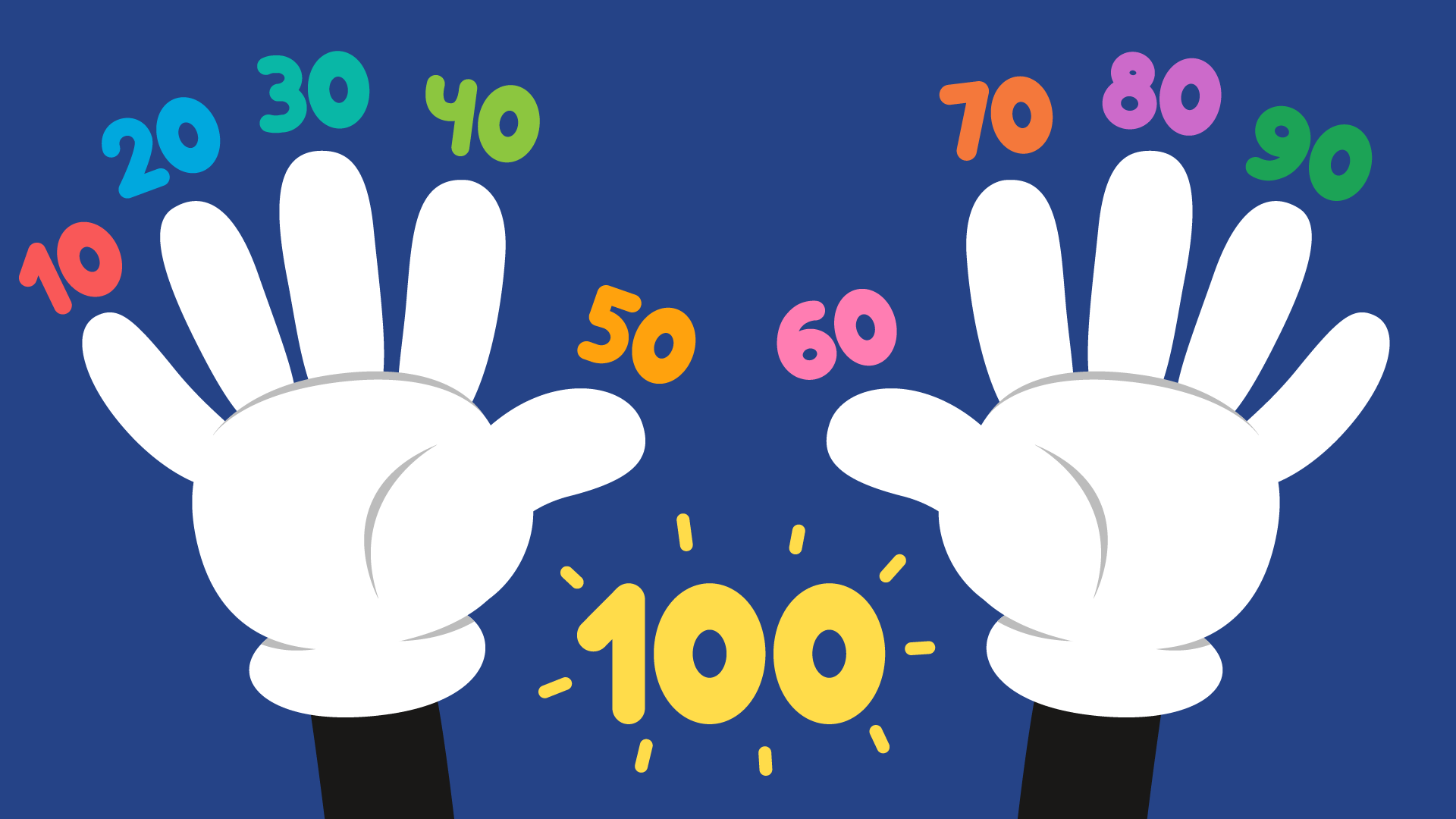Visual perception Math Worksheets for 6-Year-Olds
38 filtered results
-
From - To
Unlock the joy of learning math with our Visual Perception Math Worksheets for 6-Year-Olds! These engaging, printable worksheets help young learners develop essential math skills through fun and interactive visual challenges. Designed to enhance problem-solving abilities and boost cognitive development, our worksheets cover a variety of topics such as patterns, shapes, lateral thinking, and spatial awareness. Each activity is crafted to align perfectly with educational standards, ensuring your child stays ahead in their academic journey. Explore our collection today at Kids Academy and watch your child’s confidence and proficiency in math soar!
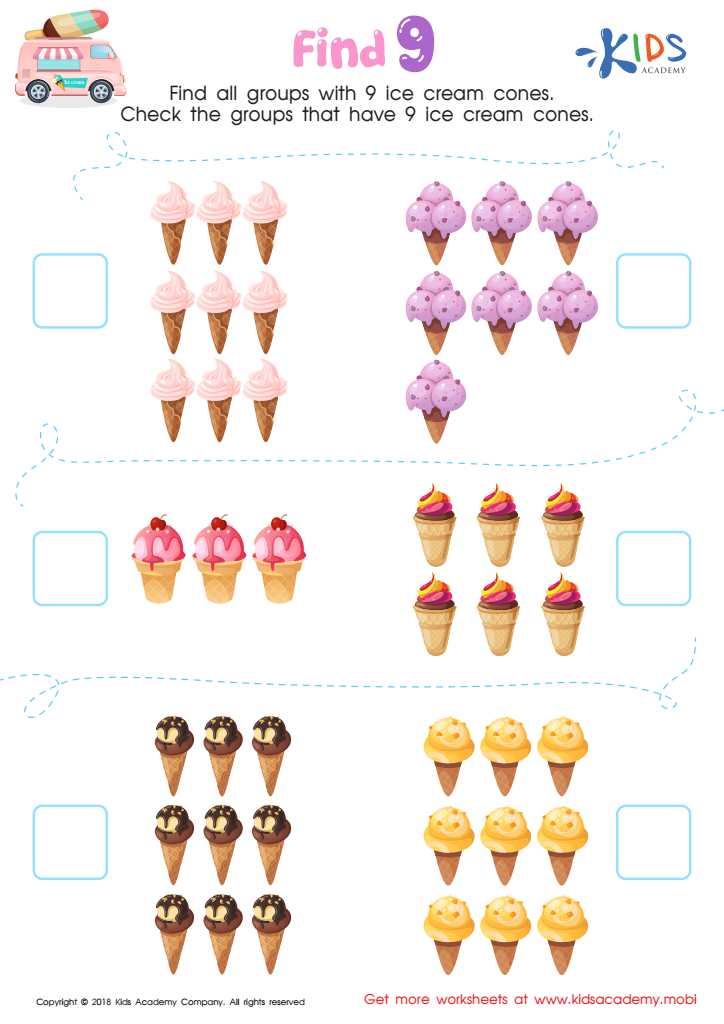

Find 9 Worksheet


Counting Fun Worksheet
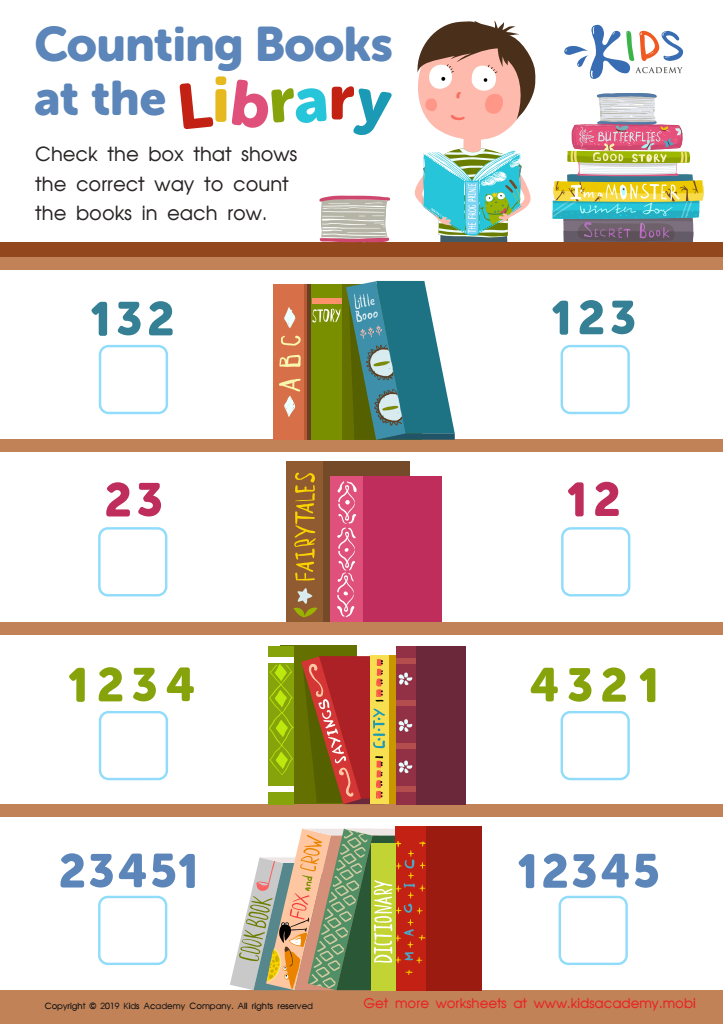

Counting Books at the Library Worksheet
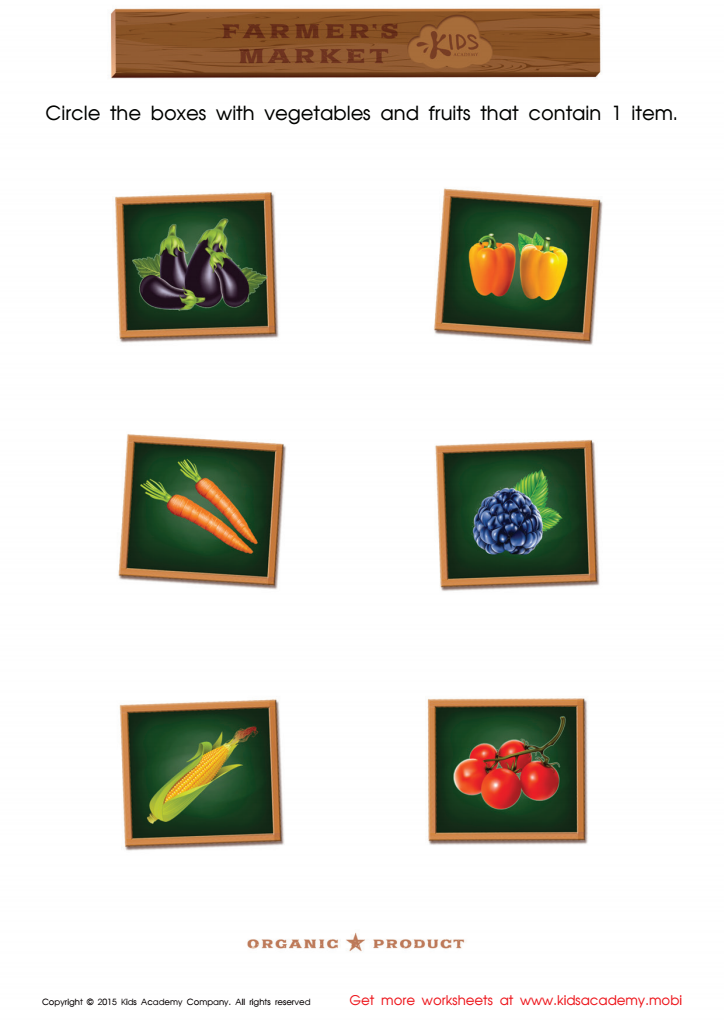

Count and Match Boxes with Vegetables
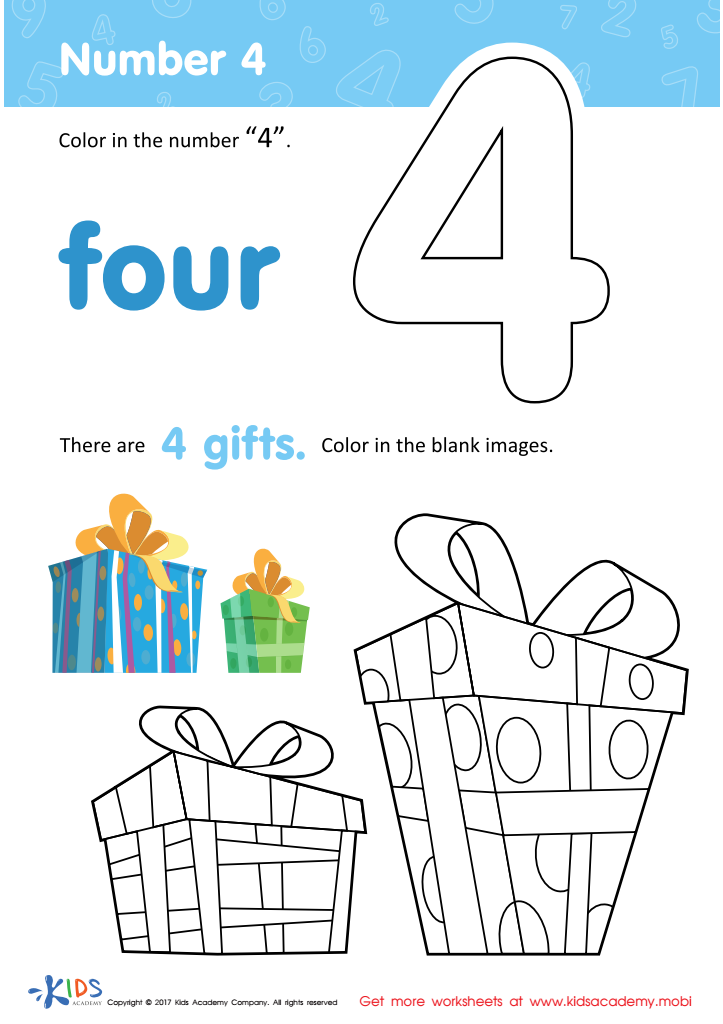

Number 4 Printable


Find 7 Eggs Worksheet
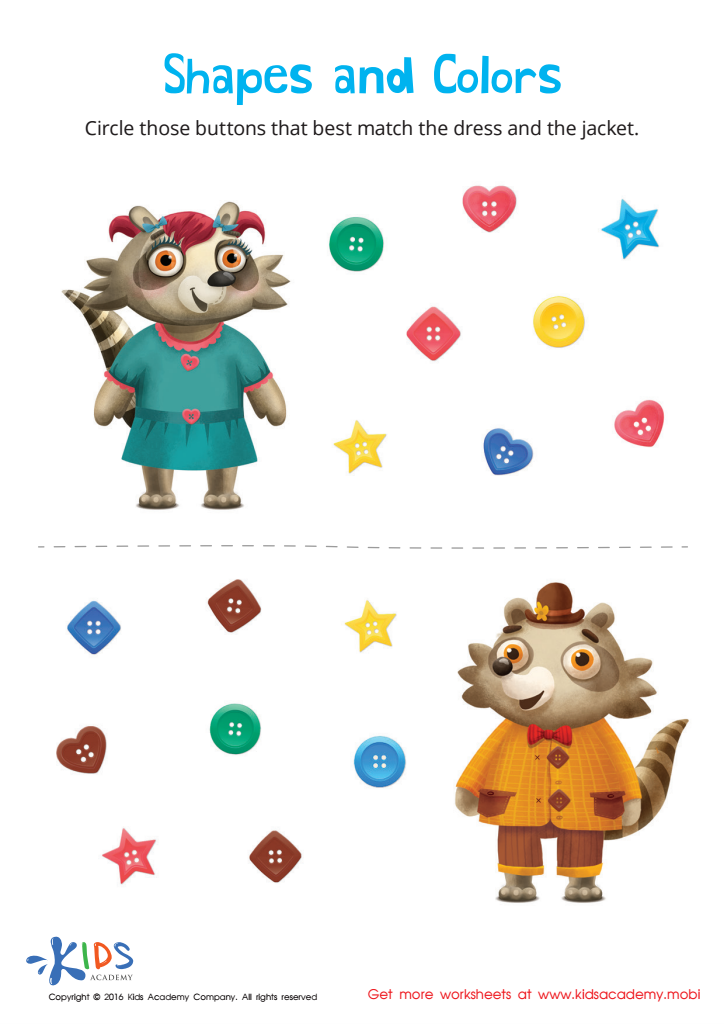

Matching: Shapes and Colors Worksheet
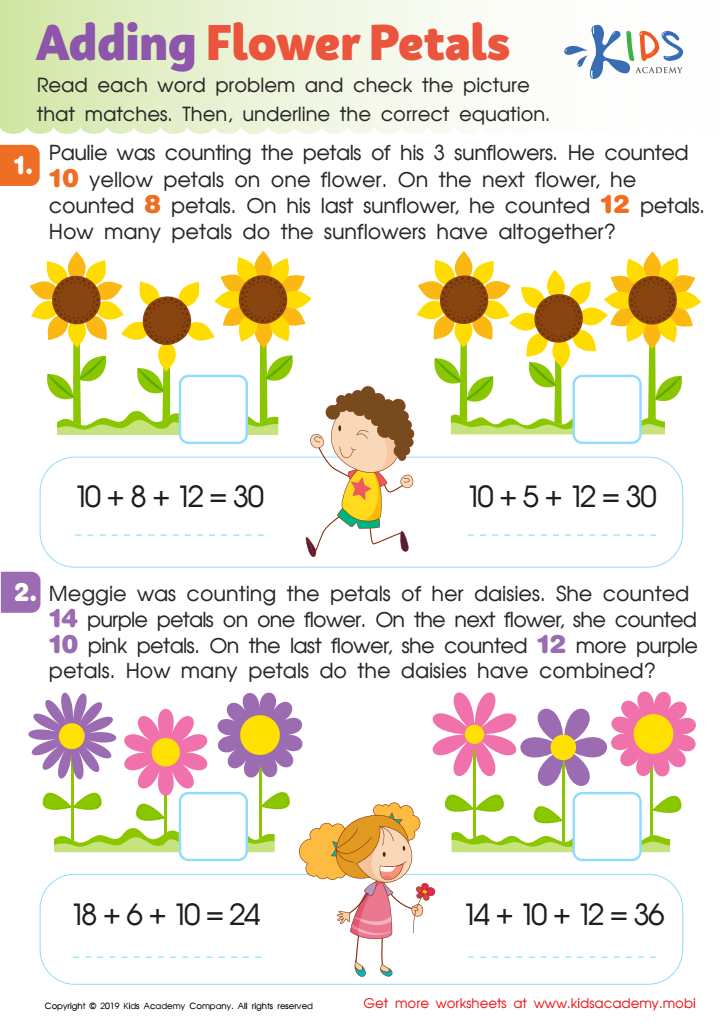

Adding Flower Petals Worksheet


Counting Spots Worksheet
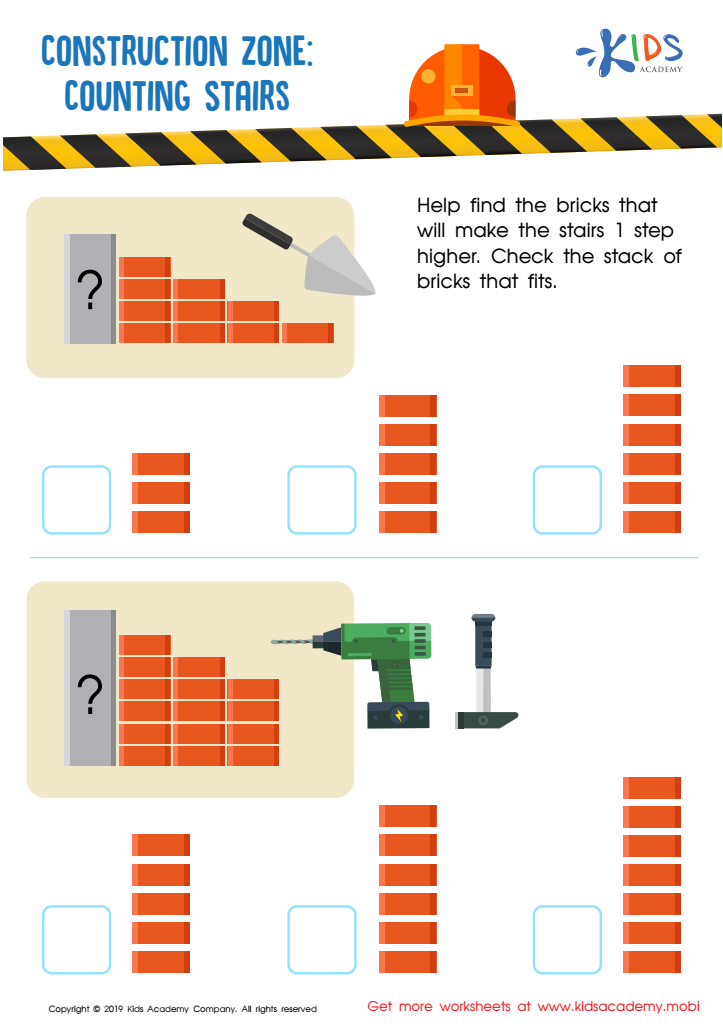

Construction Zone: Counting Stairs Worksheet
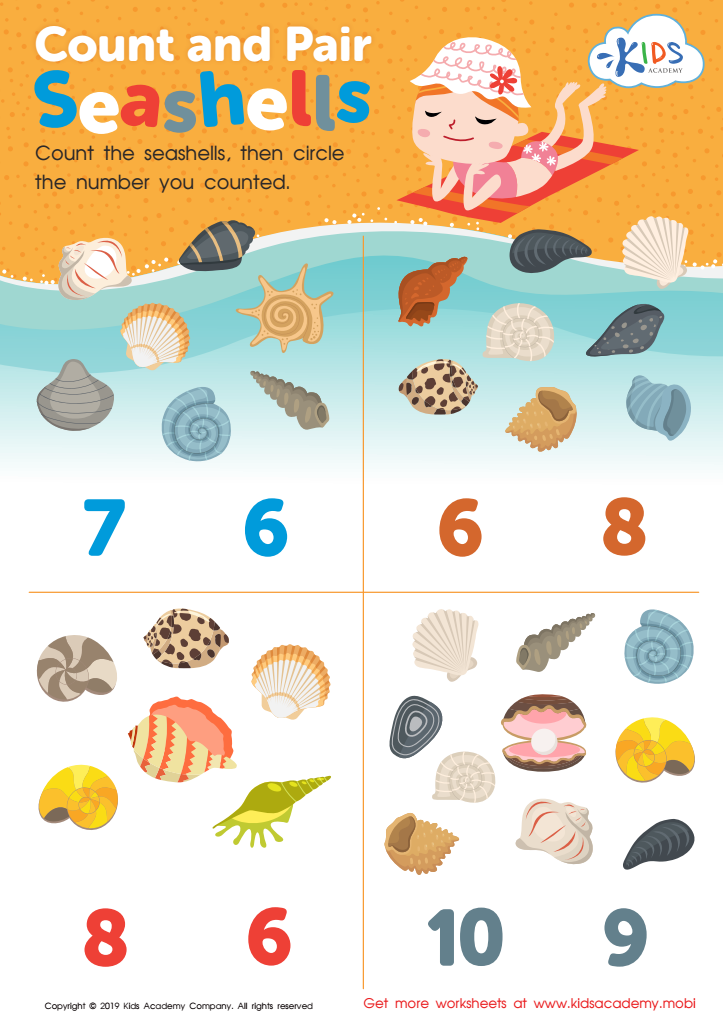

Count and Pair Seashells Worksheet
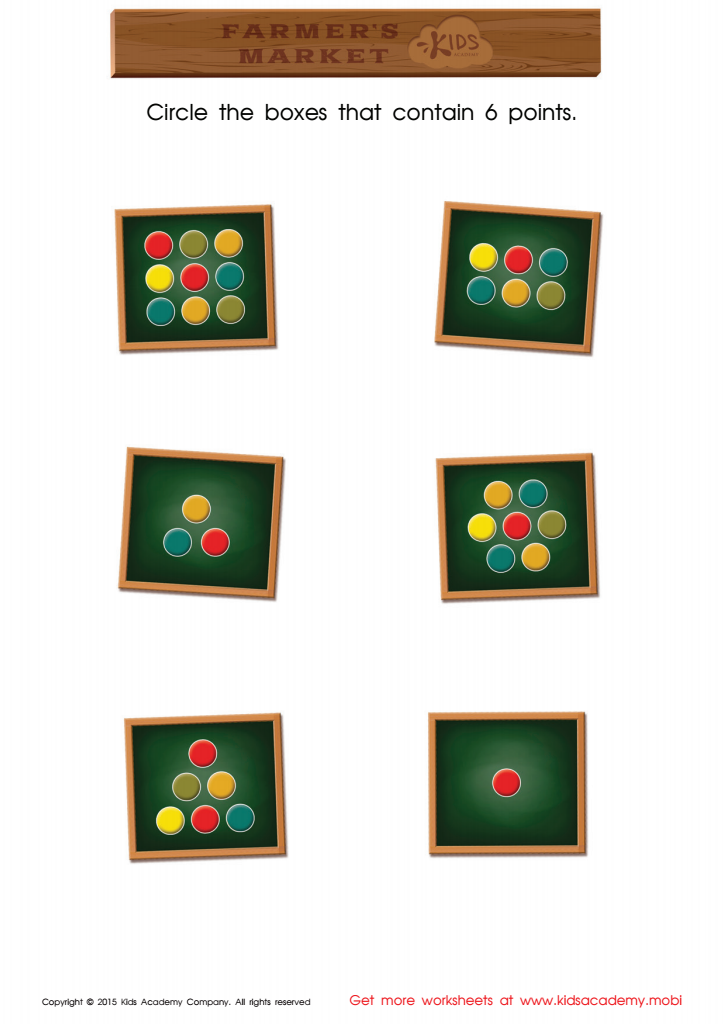

Count and Match Points 6 Math Worksheet


Counting Birds Worksheet


Arranging Clothes Worksheet
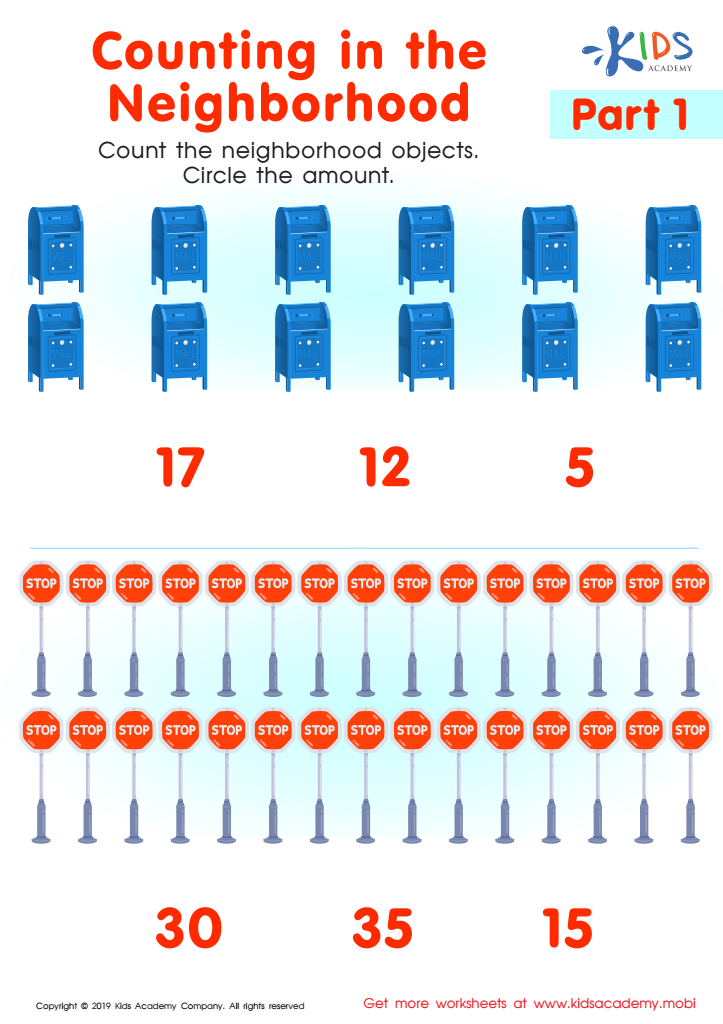

Counting in the Neighborhood Part1 Worksheet


Count and Pair on the Farm Worksheet
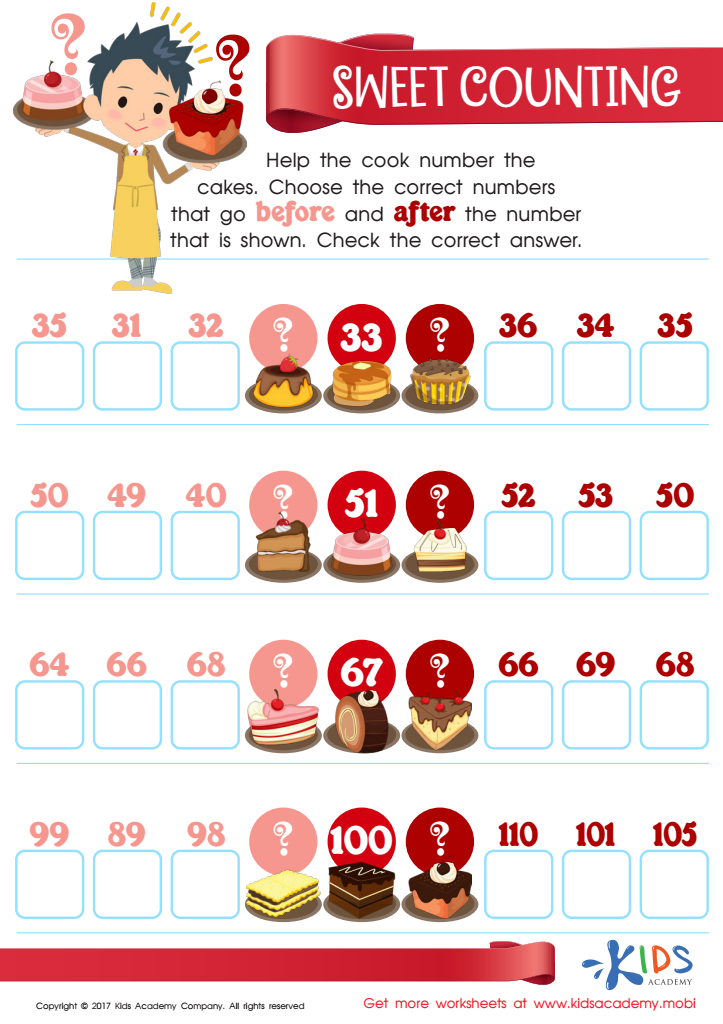

Sweet Counting - Part 1 Worksheet
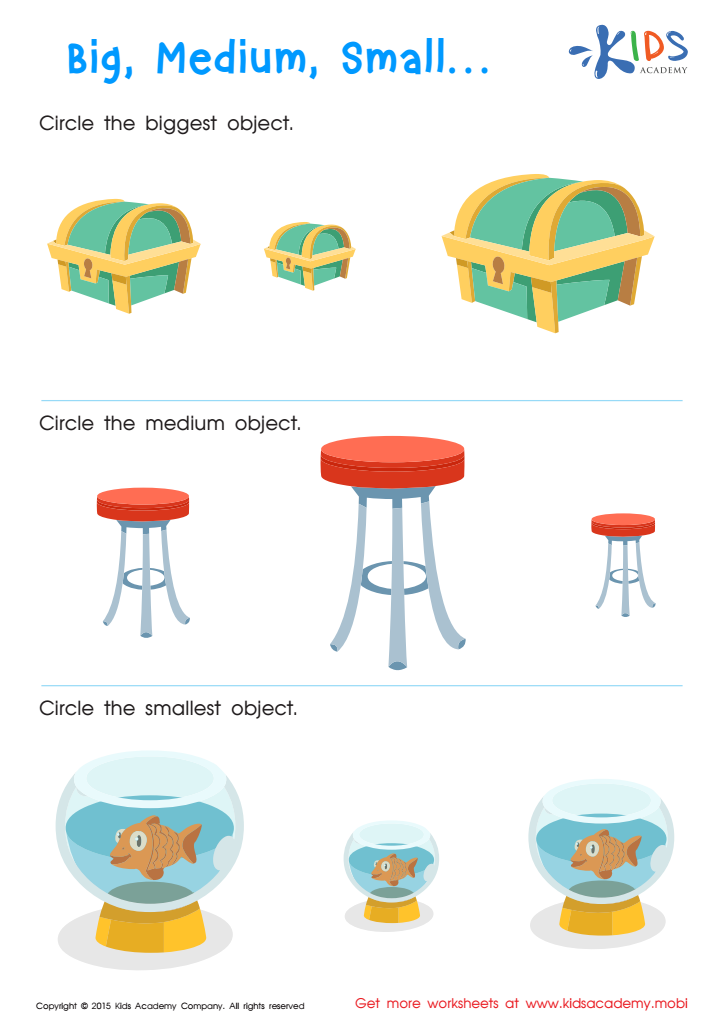

Big Medium Small Worksheet


Count and Match Points 9 Math Worksheet


Preschool Geometry Match Up Worksheet


Count and Match Points 10 Math Worksheet


Classifying Toys by Type and Color Sorting Worksheet


Count Santa's Presents Worksheet
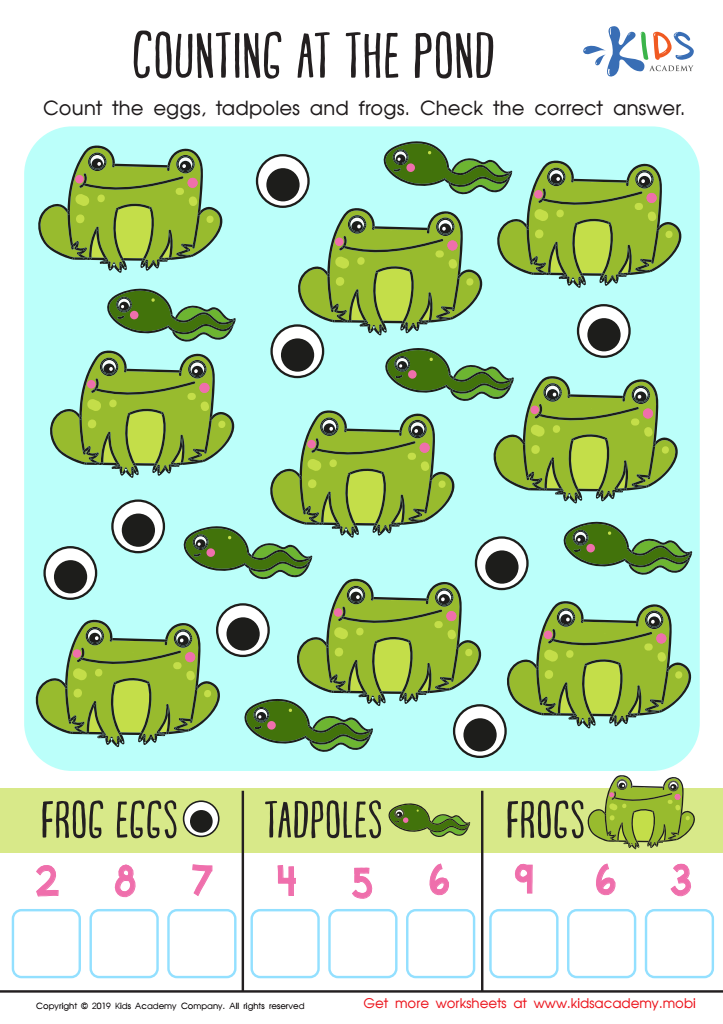

Counting at the Pond Worksheet
Visual perception is the ability to interpret and make sense of visual information from the environment, and it plays a crucial role in a child’s early development, especially in learning mathematics. For 6-year-olds, their cognitive and fine motor skills are still developing, making visual perception an essential foundation for understanding math concepts.
Engaging with visual perception activities helps children recognize patterns, shapes, sizes, and spatial relationships, which are vital components of early math skills. When children can distinguish between different shapes and understand how they fit together, they develop crucial skills for geometry and problem-solving. Identifying patterns enhances their ability to predict sequences and understand order, directly impacting their number sense and ability to perform arithmetic operations.
Furthermore, many math tasks at this age involve visual elements, such as counting objects, reading graphs, or solving puzzles. Good visual perception skills can make these activities smoother and more enjoyable, fostering a positive attitude toward math and learning in general.
For teachers and parents, emphasizing visual perception activities, such as puzzles, drawing, or matching games, supports overall cognitive development and ensures that children build a solid foundation for more complex mathematical concepts in the future. By investing in these skills early on, we lay the groundwork for academic success and critical thinking abilities that children will benefit from in their later years.
 Assign to My Students
Assign to My Students









